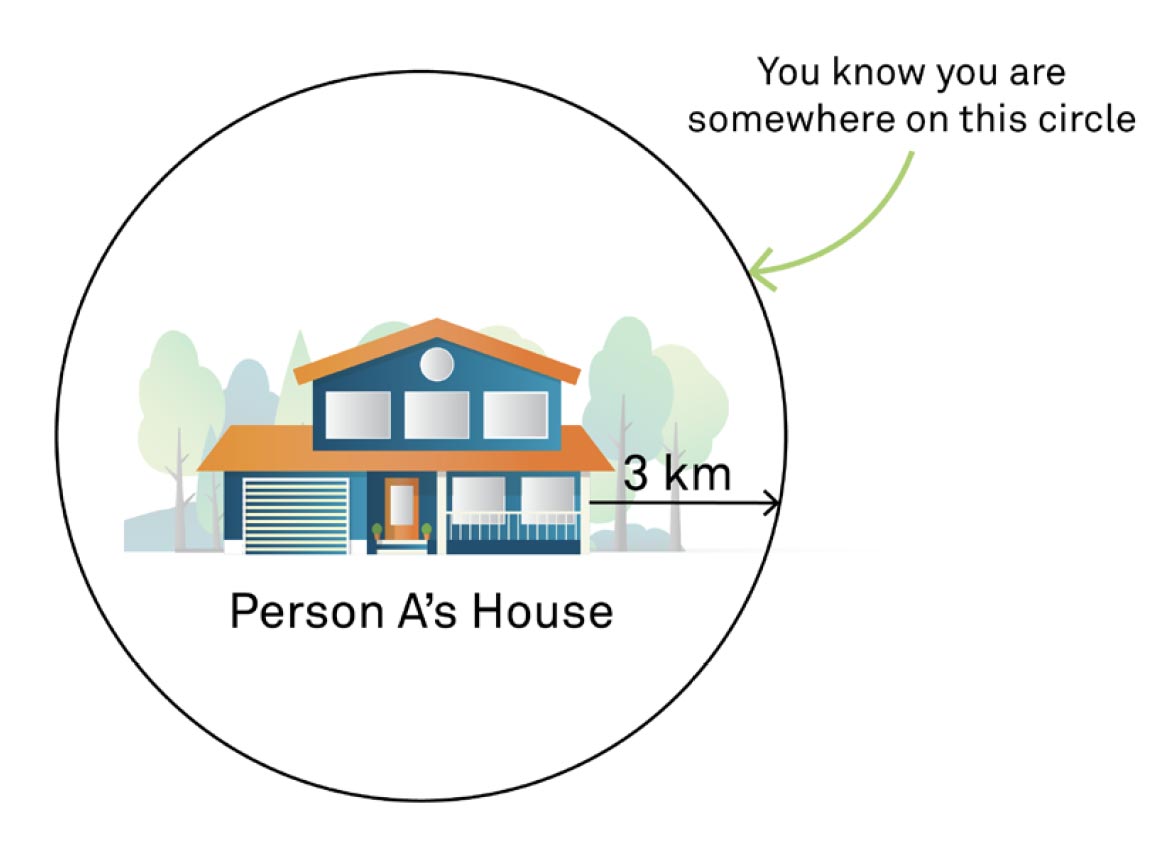AGRICULTURE
“The future ain’t what it used to be.”
Mr. Berra is correct. The implementation of GNSS has really changed things.
GNSS consist of three major components or “segments:” the space segment, the control segment and the user segment. These are illustrated in Figure 2.

The space segment consists of GNSS satellites orbiting 19,000 to 36,000 kilometres (11,800 to 22,400 miles) above the Earth. Each GNSS has its own constellation of satellites, arranged in orbits to provide the desired coverage, as illustrated in Figure 3.

Each satellite in a GNSS constellation broadcasts a signal identifying itself and providing its precise time, orbit location and system health status. To illustrate, consider the following. You are downtown. You call a friend. Your friend is not at home, so you leave a message:
This is your friend [identity]. The time is 1:35 p.m. [time]. I am at the northwest corner of 1st Avenue and 2nd Street and I am heading towards your place [orbit]. I am OK, but I am a bit thirsty [status].
Your friend returns a couple of minutes later, listens to your message and “processes” it, then calls you back and suggests you come up a slightly different way. Effectively, your friend has given you an “orbit correction.”
The control segment comprises a groundbased network of master control stations as well as data uploading stations and monitor stations. In the case of GPS, the control segment includes a master control station, an alternate master control station, 11 command and control antennas and 16 monitoring sites located throughout the world.
In each GNSS system, the master control station adjusts the satellites’ orbit parameters and onboard high-precision clocks when necessary to maintain accuracy.
Monitor stations, usually installed over a broad geographic area, monitor the satellites’ signals and status and relay this information to the master control station. The master control station analyses the signals and transmits orbit and time corrections to the satellites through data uploading stations.
The user segment consists of equipment that processes the received signals from the GNSS satellites and uses them to derive and apply location and time information. The equipment ranges from smartphones and handheld receivers used, for example, by hikers, to sophisticated, specialised receivers used for high-end survey and mapping applications.